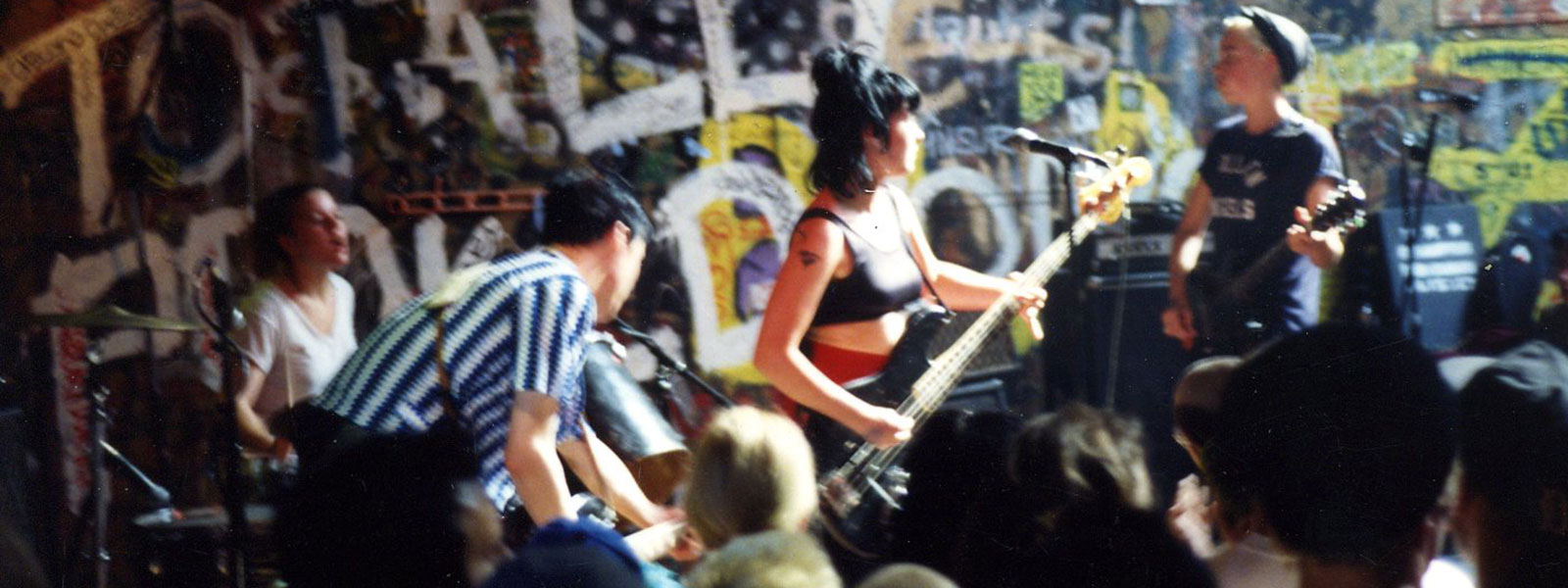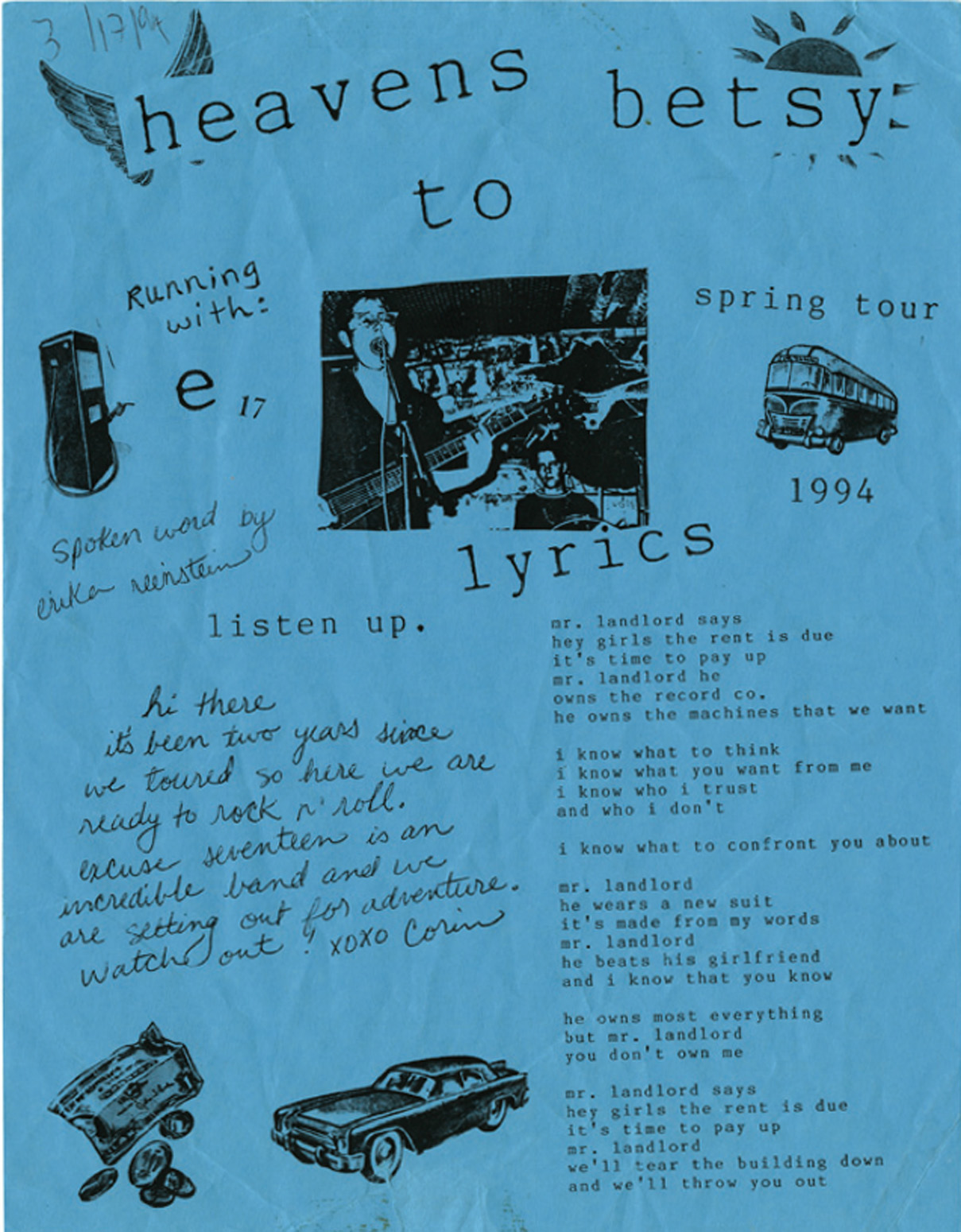Statement of vindication: a riot grrrl primer
While a media-hyped grunge scene centered around Seattle was taking over the public imagination, a little bit further south in Olympia, an underground feminist punk rock scene was taking root. Northwest Passage takes a look at the movement that became known as riot grrrl.
Riot grrrl was an underground feminist punk movement that started in the early 1990s. While it’s known for its music, it was a full subculture that entailed fanzines, art and political activism. At its peak, thousands of people considered themselves part of the “Riot Grrrl” movement.
Riot Grrrl was based mainly in Portland, Olympia, and Washington, D.C., but numerous chapters were active across the nation and even in England. Newsweek estimated at one point there were 50 self-published Riot Grrrl-affiliated zines, all connected by an extensive mailing list network.
Music
Some of the most well-known Riot Grrrl bands were Bratmobile, Excuse 17, Heavens to Betsy, Huggy Bear, Adickdid and Bikini Kill. Bikini Kill became the band most synonymous with Riot Grrrl, although the band repeatedly denied being "leaders" of the movement.
A number of other bands were lumped in with the Riot Grrrl bands solely because they had female members. These bands, including Hole, 7 Year Bitch, Babes in Toyland, The Gits and L7, were female-led but were not associated with Riot Grrrl, even if in some cases they agreed on issues.
Riot Grrrl today
By the mid-1990s, Riot Grrrl was just a shadow of itself, when many people originally associated with the movement began distancing themselves. Some were tired of constant scrutiny and mischaracterizations by the mainstream media, while others became disillusioned at the direction the movement was going.
Riot Grrrl’s more militant, politically-charged feminism became co-opted by groups such as The Spice Girls, whose “Girl Power” mantra was more a commercialized, uncontroversial, cheerleader-type message. Eventually media interest in the subculture died down, though it has picked up recently in a wave of 90s nostalgia. But many of the women involved stayed involved in music and activism, albeit in a more decentralized manner. And interest in Riot Grrrl remains to this day.
Resources
Riot Grrrl is getting to the point where it’s old enough to be nostalgic, and interest in the subculture has picked up. Fortunately, that’s meant a lot more places to find information on a very cool and very unique movement. Here are some of those resources.
Books
Marcus, Sara. Girls to the Front: The True Story of Riot Grrrl. Website
Monem, Nadine. Riot Grrrl: Revolution Girl Style Now!
DVD
Don’t Need You: Herstory of Riot Grrrl
Music
Kill Rock Stars founder Slim Moon once said that Riot Grrrl was indeed a subculture and political movement, but not an actual genre of music. Calling bands ‘Riot Grrrl bands’ was akin to “talking about Democrat bands.” That said, there is some great music under the umbrella of Riot Grrrl. Here is just a sample of music that I own and can vouch for; however, there is no shortage of great music and I’d encourage you to explore more.
- Bikini Kill – Reject All-American
- Bratmobile – Pottymouth
- Excuse 17 – Such Friends are Dangerous
- Heavens to Betsy – Calculated
- Sleater-Kinney – Dig Me Out
[VIDEO] A retrospective on Riot Grrrl



